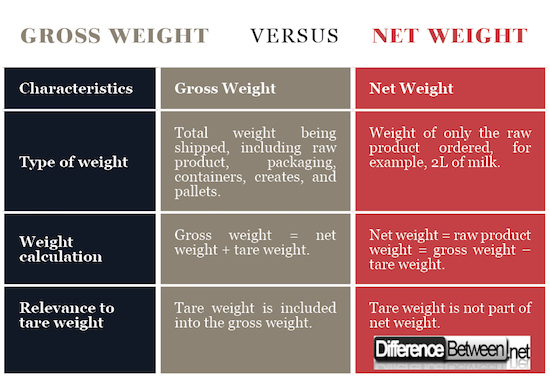In the realm of transportation, the terms “GVW” and “tare weight” are frequently encountered. These two parameters play a pivotal role in ensuring the safety and efficiency of vehicles, particularly those engaged in the transport of goods.
GVW: A Comprehensive Measure of Vehicle Load
Gross Vehicle Weight (GVW) stands for the total allowable weight of a vehicle, encompassing its curb weight and its maximum payload capacity. The curb weight represents the weight of the vehicle in its unladen state, including its body, engine, fuel, passengers, and any standard equipment. The payload capacity, on the other hand, denotes the maximum weight of cargo that the vehicle can safely carry.
Tare Weight: Unveiling the Vehicle’s Empty Weight
Tare weight, also known as unladen weight, refers to the weight of the vehicle when it is completely empty, devoid of any cargo, passengers, or anything else that might be added later. This weight encompasses the vehicle’s structural components, including its chassis, frame, axles, wheels, and any other essential components.
Distinguishing GVW and Tare Weight: A Clearer Perspective
The primary distinction between GVW and tare weight lies in their scope. GVW encompasses the total permissible weight of the vehicle, including its cargo, while tare weight solely represents the weight of the vehicle itself in its empty state.

Understanding the Significance of GVW and Tare Weight
GVW and tare weight hold immense significance for several reasons:
Safety: Adhering to GVW restrictions is paramount to ensuring vehicle stability, handling, and braking performance. Exceeding GVW can compromise safety, potentially leading to accidents.
Efficiency: Tare weight plays a crucial role in determining fuel efficiency. A lighter tare weight translates into reduced fuel consumption, thereby minimizing operational costs.
Legal Compliance: Both GVW and tare weight are regulated by transportation authorities, and adherence to these limits is mandatory to avoid legal repercussions.
Load Distribution: Understanding tare weight is essential for proper load distribution, ensuring the vehicle’s balance and preventing overloading issues.
Maintenance Planning: Tare weight serves as a benchmark for determining the appropriate maintenance schedule for the vehicle, considering the weight it is designed to carry.
Practical Applications of GVW and Tare Weight
The concepts of GVW and tare weight find practical application in various industries:
Transportation: Trucking companies and shipping agencies rely on GVW and tare weight calculations to optimize cargo loading and ensure compliance with regulations.
Construction: Construction vehicles, such as cranes and dump trucks, operate within specific GVW limits to maintain safety and prevent damage to roads and bridges.
Manufacturing: Industrial settings often involve the movement of heavy materials, requiring adherence to GVW and tare weight considerations to ensure safe handling and transportation.
Agriculture: Agricultural vehicles, such as tractors and harvesters, must operate within GVW restrictions to prevent overloading and potential damage to crops and fields.
Emergency Services: Emergency response vehicles, such as fire trucks and ambulances, are designed within specific GVW limits to ensure optimal performance and maneuverability in critical situations.
Conclusion
GVW and tare weight represent fundamental parameters in the realm of transportation, influencing vehicle safety, efficiency, and legal compliance. By understanding these concepts and applying them judiciously, individuals and organizations can contribute to safer, more efficient, and responsible transportation practices.